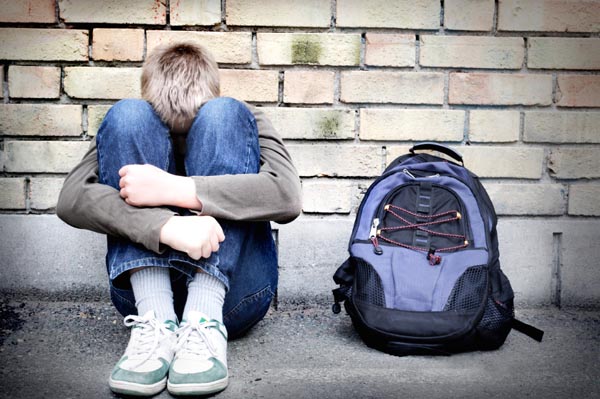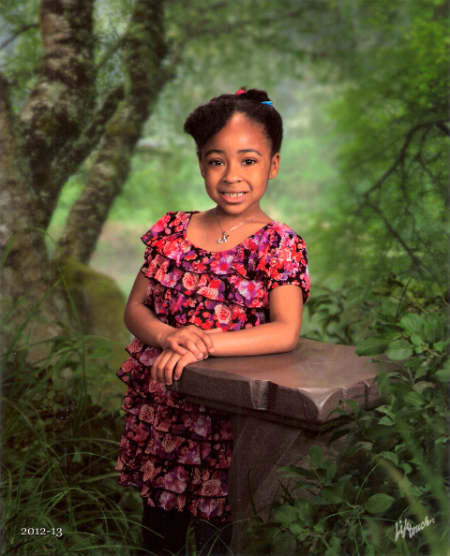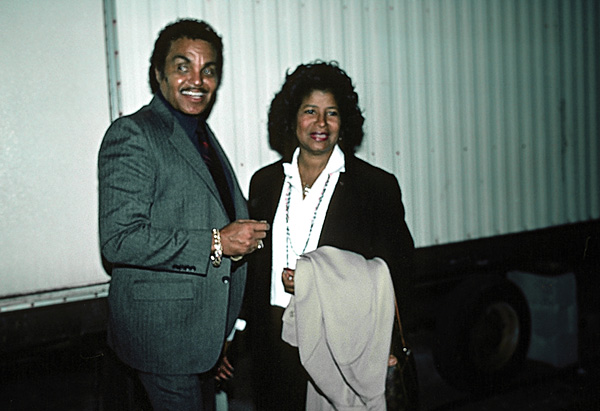Back in February, I expounded on discovering that my then first-grader, Nia, was being bullied by a transfer student I referred to as “Eric.” After discovering that his misbehavior was escalating instead of improving, I had a phone conference with Nia’s homeroom teacher and was advised that the issue would soon be resolved.
However, despite that proactive approach, it wasn’t. What Eric decided to do instead was to simply get stealthier with his attacks, taunting Nia out of earshot of their teacher during recess and during other shared classes.
Calvin and I arranged a meeting with her homeroom teacher, assistant principal and principal to discuss the situation and possible solutions to solve it, because rearranging their desks and other discipline methods seemed to be falling short.
The principal sighed heavily and nodded as we updated her on Eric’s persistent targeting of Nia. “I agree Mrs. Jackson. We’ve talked with him about his behavior, he’s missed recess breaks and we’ve also spoken with his mother. We’re guessing that his prior school that tolerated that type of thing and we just hope it’s just a matter of time before Eric understands it’s wrong.”
“I’m glad you’ve all conveyed that to him and made his mother aware of it too. But something needs to change, because we won’t tolerate our daughter getting taunted and called vulgar names in a place where she’s supposed to feel safe.”
That’s when the principal said something stupefying: “Well, maybe he didn’t mean those words that way. Eric might not have thought they were insulting or…..”
“You cannot seriously sit there and tell me that Eric, who has a black father and a white mother, doesn’t know what the ‘n-word is.” I said. “If he grew up with parents who are comfortable with that term or hears it on TV, whatever, Nia doesn’t deserve that type of treatment. And if it doesn’t stop, we want another meeting here with Eric, his parents and you all to make sure that it does.”
Maybe that final point registered, because future answers to the “How was your day?” question didn’t involve Eric, and Nia was once again our fun-loving child who enjoyed going to school.
Unfortunately, some bullying incidents aren’t settled so easily, and according to bullyingstatistics.org, nearly 30 percent of all children become victims. This results in 160,000 children opting to leave school and even worse, increasing rates of suicides. What was once an accepted rite of passage has now spread from the schoolyard to social media and mobile phones, with many parents and authority figures still in denial about how demeaning and dangerous bullying has become.
What are the solutions? Last month, one Wisconsin town actually approved fining parents of repeat offenders over 12 who’ve received more than one written notice about their child’s bullying. But the difficulty of proving the truth in a ‘he said she said’ scenario, along with using actual law enforcement for a social issue, seems to be a bit much.
Since these miscreants don’t just sprout up out of the ground that way, the duty lies with parents to teach their children the proper way to treat others. Kids should learn by example and from pointed discussions that it’s never acceptable to make fun of people based on appearance, ethnicity, religion, disability or gender. Children who engage in this anti-social practice should be taught that hurting people isn’t funny and that swift, unpleasant consequences will follow if they do.
Cliques, gossip and “cracking on people” won’t likely go away anytime soon, but what we can all do is monitor ourselves, speak up when bullying happens and stop expecting the ‘targets’ to ignore and get over it.
We may not be subject to fines and penaltes yet, but when cruelty becomes the new cool, all of us end still up paying a price.





